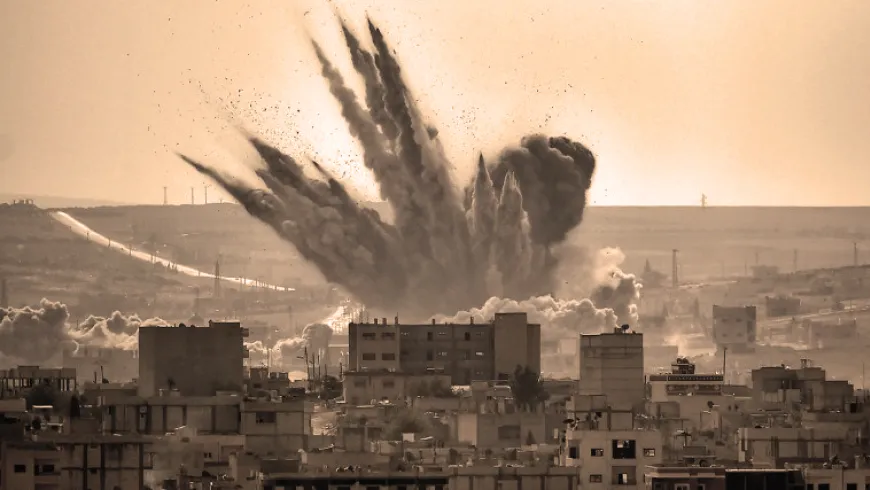Hana Jalloul Conference
Prospects in a post Arab Spring scenario, the war in Syria and its consequences for International Security
Note: This conference will be in English.
The Revolutions of the Arab Spring had a great impact in the MENA region. The revolutions had a domino effect, but the consequences were very different depending on the country. As an example, Tunisia was the only country where the Arab Spring was successful, resulting in a coalition of political parties in the government and a modern constitution in 2014. That was not the case of Libya, immersed in an unstable political situation, and becoming a failed state that had to deal with several Islamist factions. Abdel Fatah al-Sisi is the president of Egypt after a coup d'état in 2013 against the government of Muhammad Mursi, leader of the Freedom and Justice party founded by the Muslim Brotherhood.
Other Arab countries in the North of Africa were affected also by the Arab Spring revolutions with less dramatic consequences, as is the case of Algeria. In the oriental part of the Arab world several protests that were quickly crushed took place in Bahrain. The worst scenarios until today are the wars in Syria and Yemen. In Yemen, the confrontation between the Houthis and Saudi Arabia continues in a cruel war at the expense of thousands of lives and a huge humanitarian crisis. After massive protests, Ali Abdullah Saleh resigned as president of Yemen and Abd Rabbuh Mansul al-Hadi was elected as the new president right before the conflict began, with Saudi Arabia supporting al-Hadi and the Houthis supporting ex-president Saleh. The fourth of December Saleh was assassinated after he cut ties with the Houthi rebels.
Syria was the center of the confrontation between Saudi and Iranian power in the area. This has been reflected in the different sides that support on the one hand, the Regime of Bashar al-Assad, and on the other hand, the factions that have constituted the opposition to the Syrian regime. Opposition has been composed both by certain moderate factions and by radical jihadist Islamist militias, such as Haya't Tahrir al-Sham or Ahrar al-Sham among others; and also, in a separate scenario within Syria, the Islamic State (ISIS), with the capital of their Islamic caliphate in al-Raqqah, fell to Kurdish hands and the International coalition in October this year. International security has been challenged in Syria not only because of the existence of ISIS, their caliphate, and the fact that the ranks of the jihadist militia were filled with thousand of fighters from all around the world (not forgetting also their deadly operative machinery), but also because of the local jihadist militias affiliated and non-affiliated to al-Qaeda and their modus operandi, and the new phenomenon of the number of shii jihadist militias that operates in Syrian soil sponsored by Iran.
The international community has to deal now with all those militias in the region trying to stop their capacity to operate in European or American soil carrying terrorist attacks. One of the recent challenges is to put in practice initiatives to prevent radicalization and plans to de-radicalize occidental fighters that have fought with those militias and that are returning to their countries of origin.
PhD from Universidad Complutense de Madrid in the Department of International Relations and Public International Law. He has been Junior Expert in two projects of the European Commission in Lebanon for more than three years. She is currently Associate Professor in Theory and Political Ideologies at Universidad Carlos III de Madrid and Professor of Comparative Politics at Universidad Internacional de Valencia.


